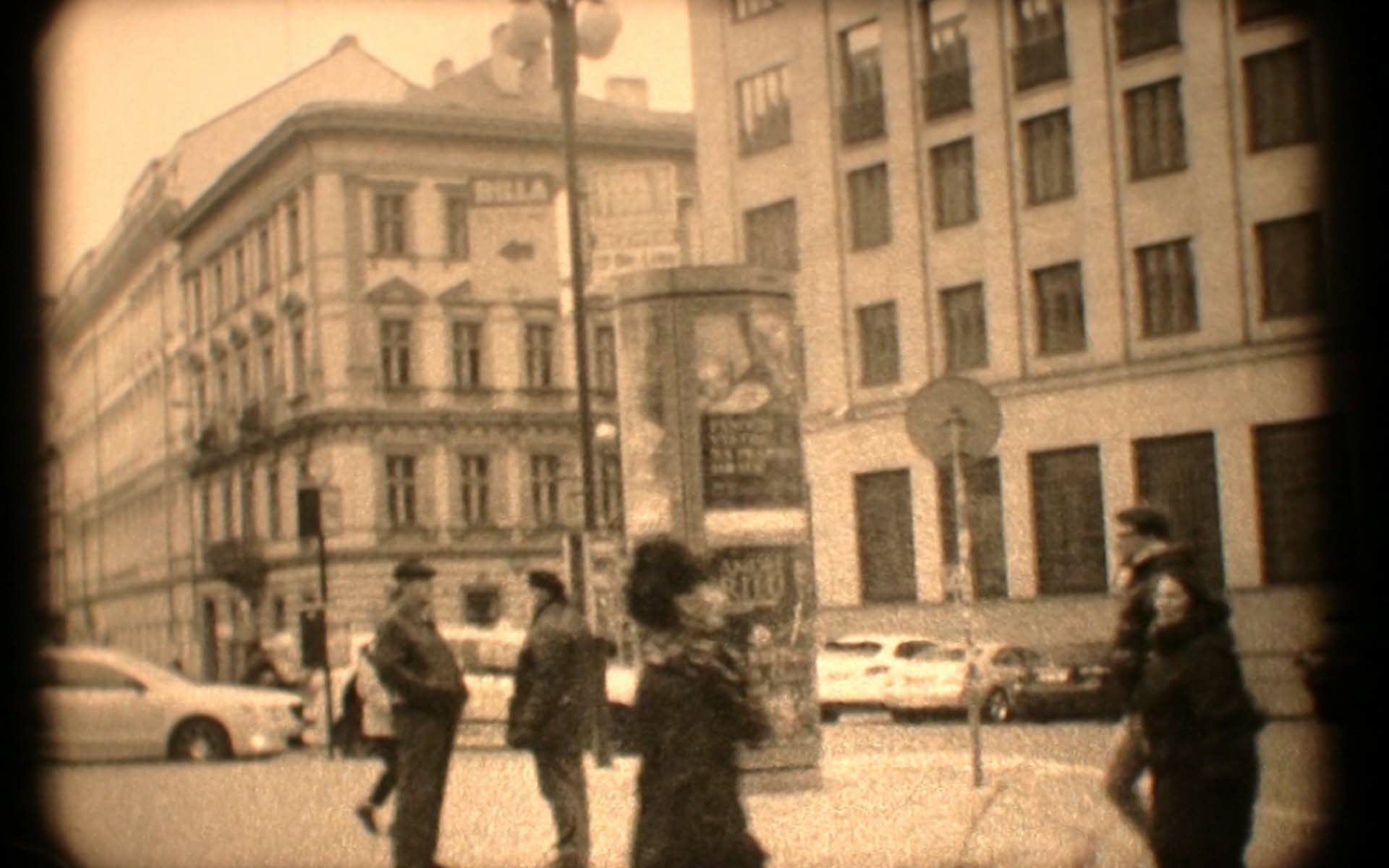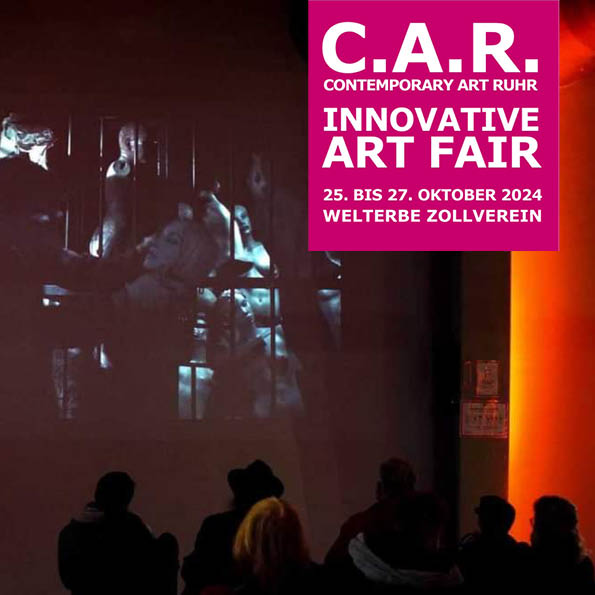/German version on page 1/
Meet us at the Contemporary Art Ruhr, the Innovative Art Fair at Zeche Zollverein, October 25-27, 2024
Contemporary Art Ruhr, The Art Fair
World Cultural Heritage Site Zollverein
Gelsenkirchener Strasse 181, 45309 Essen
Official Opening
Friday, October 25, 7 pm – 10 pm
Public fair hours
Saturday, October 26, 11 am – 8 pm
Sunday, October 27, 11 am – 7 pm
Location: www.zollverein.de
www.contemporaryartruhr.de
download: c.a.r. video lounge program
C.A.R. Video Lounge [Hall 12 | 31 b] presented by Directors Lounge:
Directors Lounge presents selected video art and experimental films by Irena Paskali, Telemach Wiesinger and Michael Vorfeld.
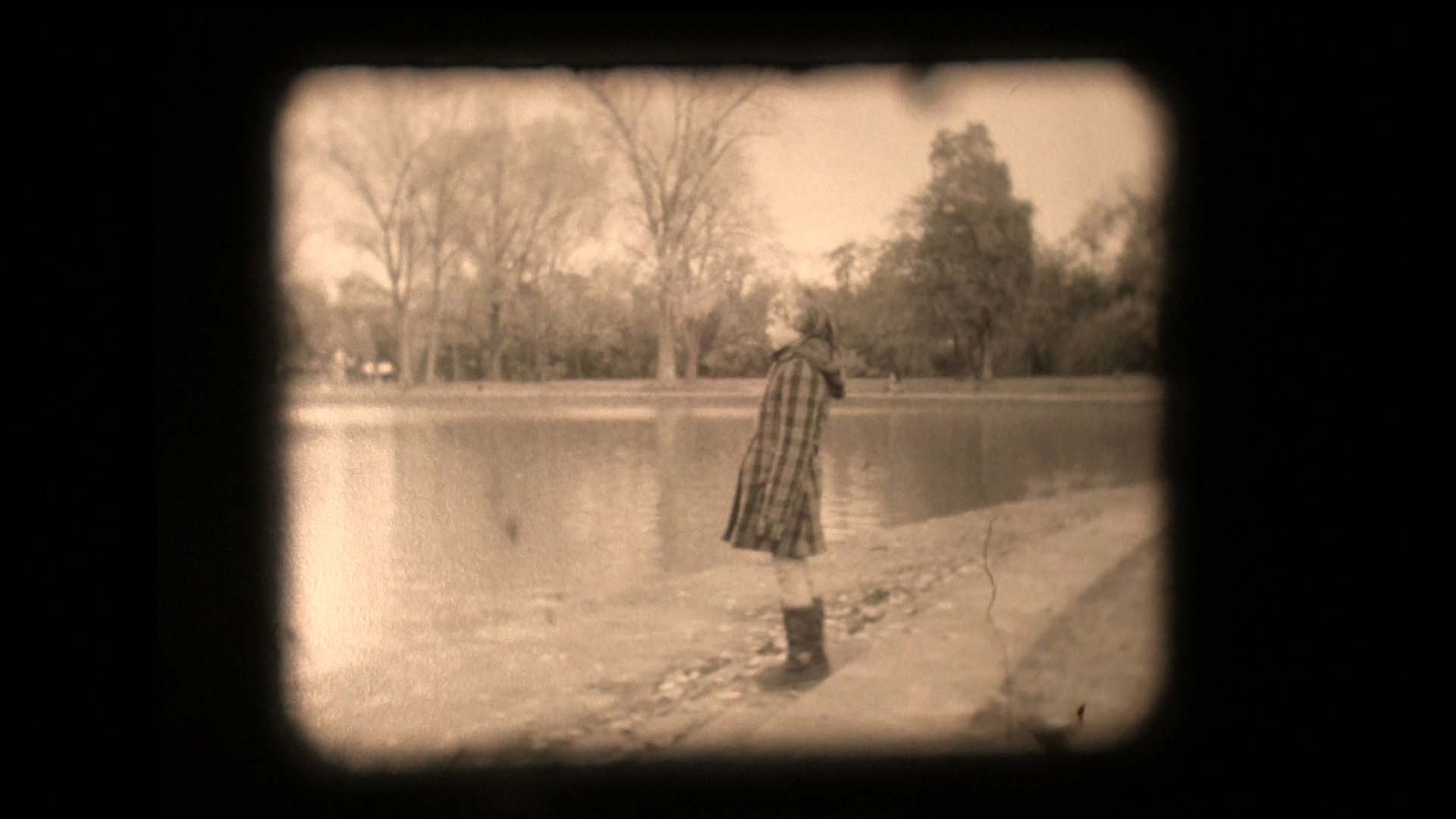
Cologne-based artist Irena Paskali was born in Macedonia, where she studied at the Academy of Fine Arts. She has lived and worked in Cologne since October 2004, where she completed her Master’s degree at the Academy of Media Arts in Cologne. She works with various media, such as photography, video, experimental film and drawings. The human being is at the heart of her work. She deals with the conflicting nature of cultures and religions, questions of identity and alienation. Irena Paskali has mounted numerous solo exhibitions alongside being a regular participant in international group exhibitions and is further the recipient of various scholarships, prizes and residencies.
Zeitlos, 2016, 3:36, 8 mm
TIMELESS … We live in a restless world, one that is changing faster than ever. What was true yesterday is already meaningless today. In her work “Timeless”, Irena Paskali is seeking the immutable condition of mankind, the essence of the human being. On the one hand, it is the human quest for meaning and wisdom, epitomised by the apple—the little girl, standing on the edge of a small lake, still in need of finding her way in life. Secondly, it is the spirituality of man, who strives for transcendence—depicted by the scenes around the historic centre of Ohrid, Jerusalem, the Dome of the Rock, Golgatha. It is also about loneliness and being abandoned, impressively staged through the woman whose face is not visible—and her slow steps up the stone stairs.
Seitenansicht, 2017, 3:30, 8 mm
Modern Cities with there powerful architectures and vibrant structures are creators of human identities. Irena Paskali is looking for urban topographies, which have the power to shape people in there cultural environment.
Shooting Location: Erlangen, Germany, Ponte de Lima, Portugal, Prague, Czech Republic, Dubai, UAE.
Die Türen, 2015, 2:08, 8 mm
The doors are silence witnesses to past times.
Trt: 9:14 min.
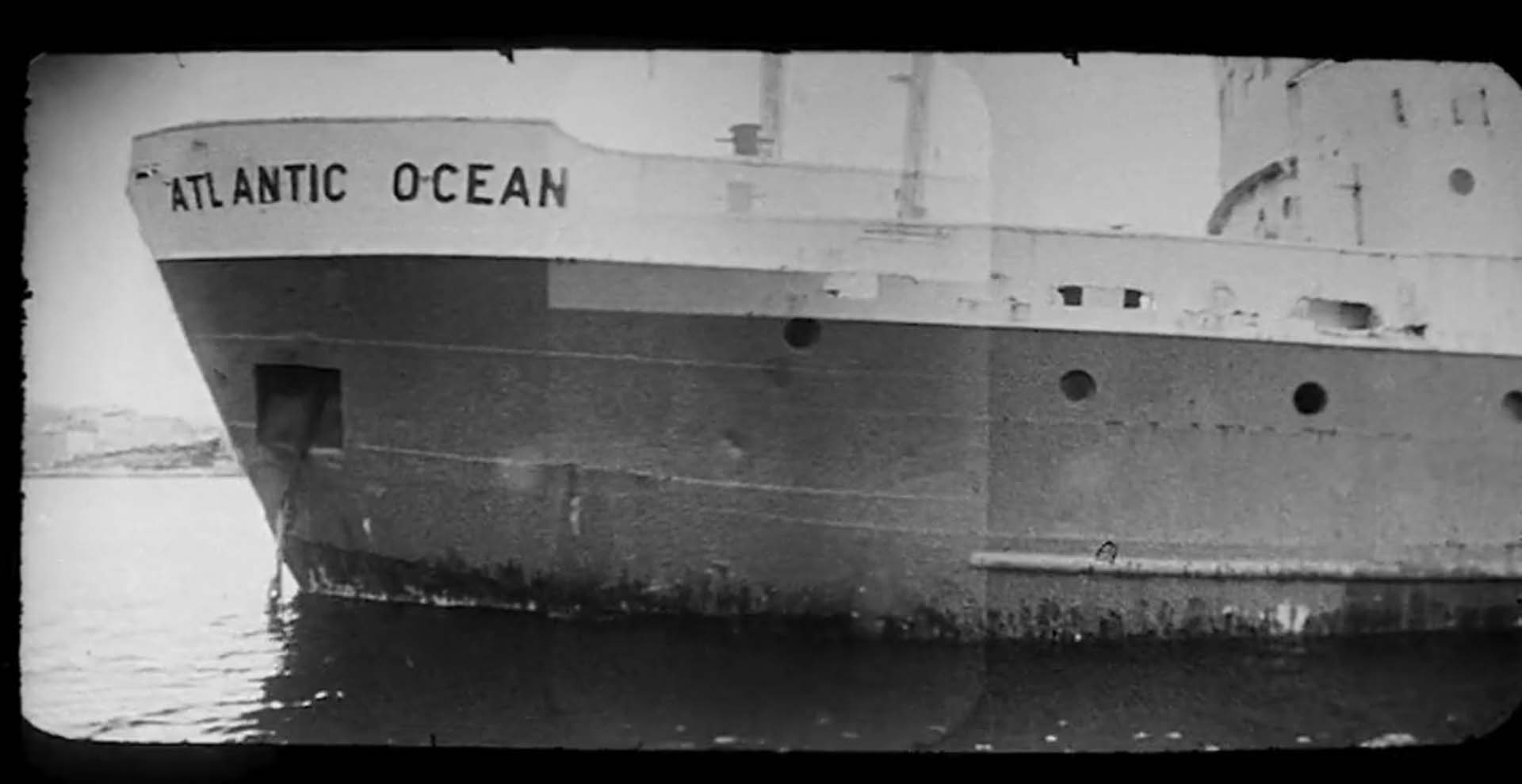
Born 1968 in Bielefeld, studied “Visual Communication” at the Kunsthochschule Kassel, diploma Master of Arts 1995, since then studio seat for analog cinematography and photography in Riegel a.K. near Freiburg im Breisgau. Various awards and multiple prize winner for his art films (among others nominated for the German Film Critics Award as Best Experimental Film 2021), as well as internationally touring with his 16mm FILM POEM TOUR and also active as a lecturer.
1:1 // a sonic-stereoscopic film poem about travel memories by Telemach Wiesinger (cinematography) and Alexander Grebtschenko (music)
A wooden stereo viewer, which already impressed people with “3D” in the pioneering days of light drawing, inspired the German artist Telemach Wiesinger to create the half-hour film poem 1:1. The wide-screen image, composed on 16 mm black-and-white film, consists of two individual images each, between which – amazingly different from a stereoscope – a third dimension unfolds. In dialogue with the soundtrack designed by Alexander Grebtschenko, 1:1 becomes a unique audiovisual experience. Woven from staged scenes and images collected on journeys, the film poem tells about being on the road with open eyes. The frame story shows a young couple in front of a country estate on the French Loire; while she plays table tennis, he sets off to go fishing … The pictures lure the viewer from a quiet angler’s paradise to busy harbor landscapes and a broad ocean horizon – perhaps a daydream, memories of the young angler, populated by the surreal figures of his mind? The creative play with „stereoscopy“ unfolds an impressive visual effect. Parallel with slight time shifts, mirrored or complementary, the pairs of pictures enter into dialogue in many ways: overlapping parts that create their own unique forms, positives that meet their negatives, merging of content and diverging again. The element of water is almost physically perceptible, and its moving variety of forms guides the wanderlust. Anyone who thought 16mm black-and-white film was obsolete will experience its timelessness in 1:1. For Telemach Wiesinger, the analog film workshop is as essential as a painter’s brushes, spatulas and paint. From recording to developing to composition at the animation table, the material passes through his hands several times. All “effects” come from the manual process: the use of filters and multiple exposure directly in the camera (a BOLEX with spring mechanism), experimenting with single-frame projector and single-frame camera of a CRASS optical printer, editing with an adhesive film press. A lot of exact planning is necessary in this handicraft art, but a little bit of coincidence is welcome as well – for example, when incompletely dissolved crystals of citric acid in the developer solution appear in the image as snowflakes or hailstones. 1-to-1 in the making, the final release in HD on DCP shows not only the real film grain but also the creative potential of such defects. The astounding result of Wiesinger’s consistent approach clearly shows: Never could such a film be made with digital “apps”. The editing and sound work on this film was closely intertwined, and so the elaborate image finds its highly appropriate counterpart in sound. Composer Alexander Grebtschenko, whose work moves in a wide field between written music, improvisation, electronic music and sound installation, combines for 1:1 artisan noise-making and instrumental music in masterful studio work. Dynamic transitions and a leading musical arch merge the dance of images into an audiovisual unity. The soundtrack answers the visual “stereoscopy” in a complex way and an exciting dialogue unfolds between sound and image. Last but not least, one of the composer’s surreal kinetic objects, performing in the film, makes the humor of both film partners unmistakable. Thanks to this creative enthusiasm, the new film poem of Telemach Wiesinger is capable of transforming everyday scenes into cinematic gems. The decomposing photographs of the old stereo viewer, photographed by the once famous landscape photographer Giorgio Sommer (1834-1914), appearing towards the end of the film, are reminiscent of the inflation of images that was already beginning at that time. Filmpoem 1:1 has the power to withstand this inflation – in the spirit of Jean Cocteau who probably coined the term “cinéaste poète” (poet-filmmaker) and once wrote: “A film is not a dream that is told, but a dream that we dream together thanks to hypnosis.“ (Thomas Spiegelmann, 2021)
Telemach Wiesinger “1:1“, a sonic film poem | s/w | 30 Min. | 2021
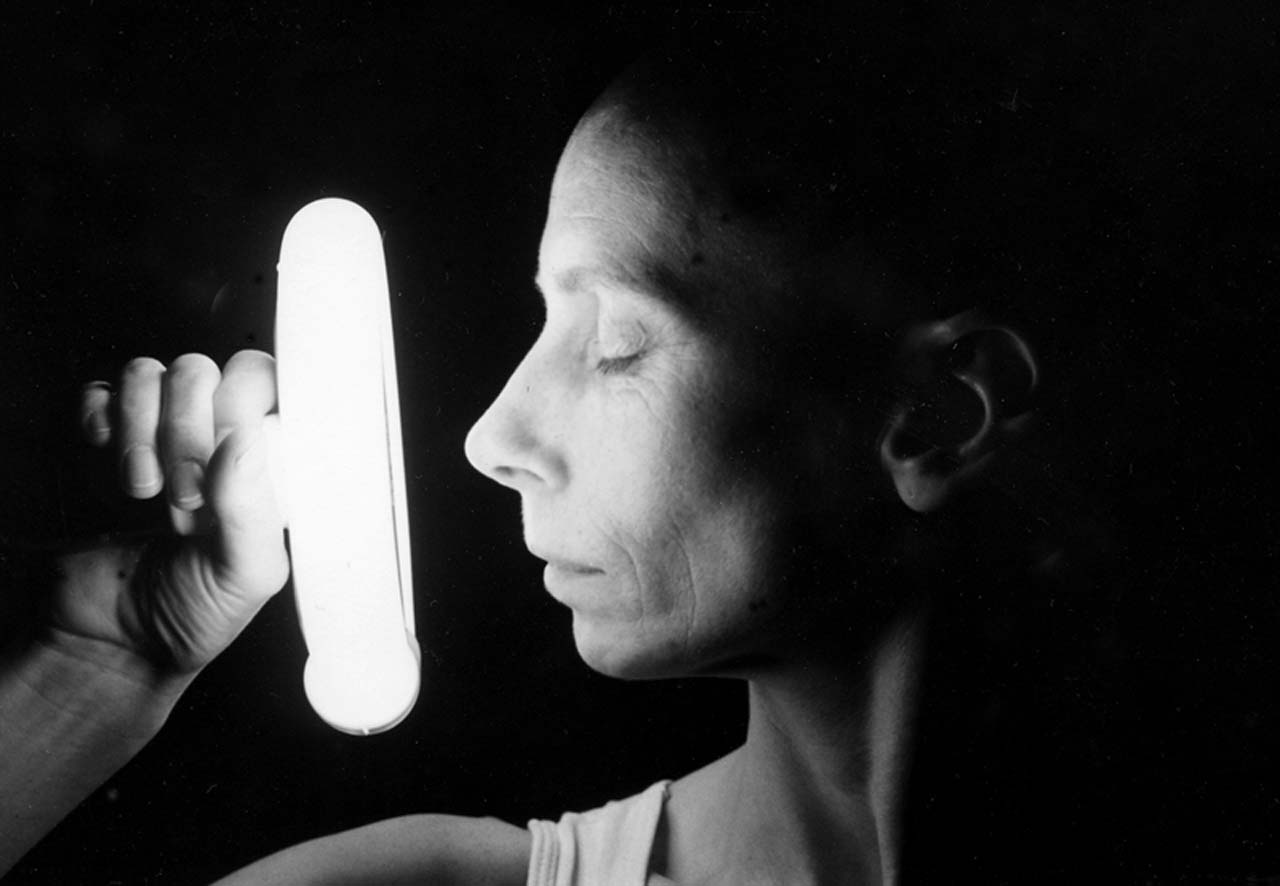
LEUCHTSTOFF ein Film von Michael Vorfeld
LEUCHTSTOFF is a film about light, shadow and movement, a play of concrete and dissolving forms. Various sources of light are given a suggestive poetic power by the protagonist, her subtle body language and the soundscape that matches the film.
Michael Vorfeld ” LEUCHTSTOFF” 16 mm, s/w | 14 Min. | 2003
Actor: Fine Kwiatkowski
DL Booth [Hall 5 – updated]
with works by Julia Murakami, Visuman, Michael Vorfeld, André Werner and Telemach Wiesinger
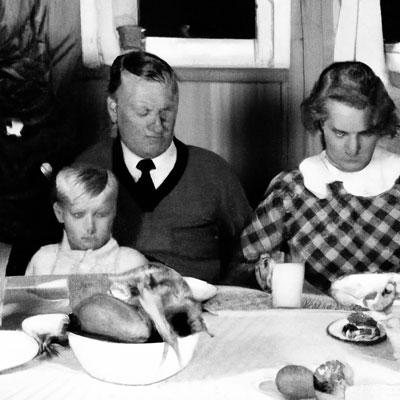
Fine Art Print on Canson Baryta Prestige II
Julia Murakami
“A German Family Tragedy” from the Claw Crane Serie (2023) explores the relation between technology and human experience by merging artificial intelligence and psychiatric documentation.
www.juliamurakami.com

VISUMAN
In the series “Geniale Herren Frieren Leicht”, the lovers meet under the apple tree.
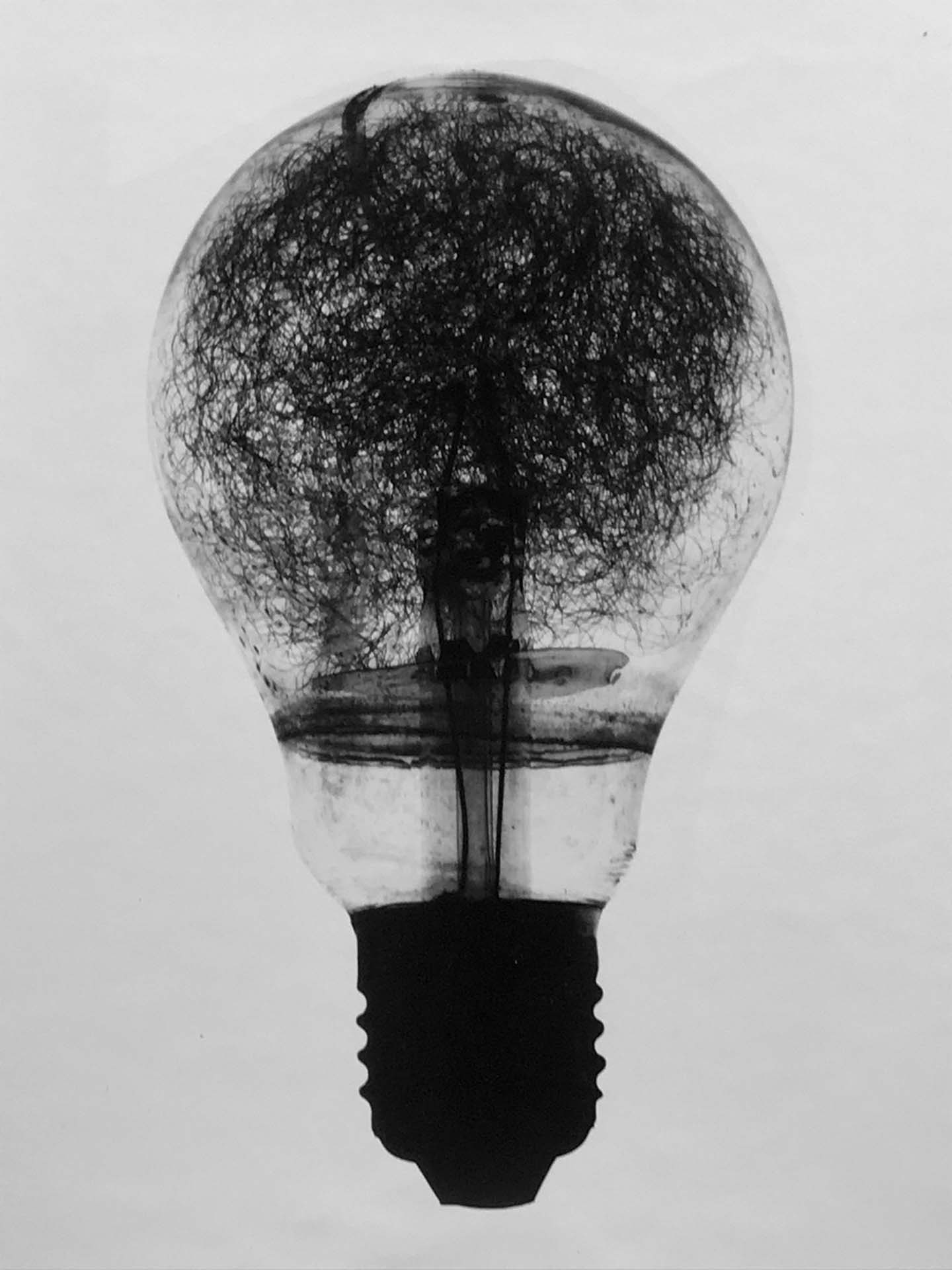
Michael Vorfeld
Michael Vorfeld is a musician and media artist, plays percussion and self-designed string instruments and realizes electroacoustic sound pieces. He works in the field of experimental, improvised music and sound art, realizing performances and installations with sound and light, and working with photography and projection. In addition to his solo activities, he is a member of various ensembles and collaborates with artists who work in many different art forms. Based in Berlin, his list of activities includes numerous concerts, performances and exhibitions in Europe, America, Asia and Australia.
André Werner

Telemach Wiesinger: JAZZ TRAVELLER
“My interest in jazz-rock music has brought me together with many interesting musicians.” The result is a collection of portraits of musicians. Wiesinger usually meets the musicians during tours and stages his portraits away from the stage with a large-format camera (9x12cm).
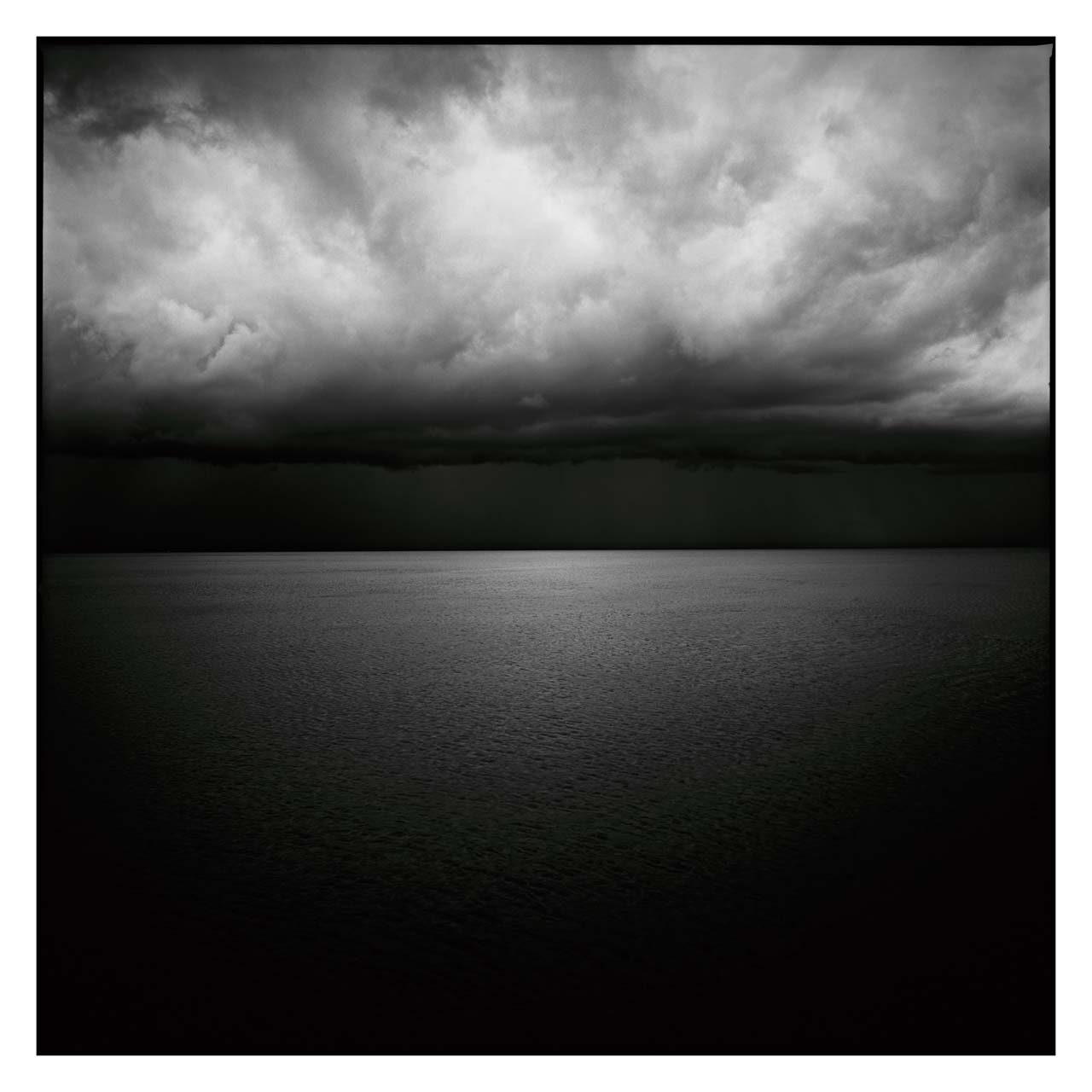
Telemach Wiesinger
Telemach Wiesinger has a talent for creatively pursuing the same theme for a long time. In his new series, he is captivated by the sea. He leaves all topographical and biographical narrative to one side and strictly focuses on the interplay between light, sea and sky – firmly bound by the horizon, the fateful line for world view and seafaring alike. This distant frontier, where the seas of water and air meet if in our sight only, is one of the most elementary ways of orientation and occupies the memory and imagery of humankind throughout all ages. The horizon is an element of order, is a border, is a great invitation for journeys of the mind as well as on ship. The horizon is the line where stars go up and down, where we can practice observation and differentiation, where navigators and astronomers learn to read signs and learn to decide on significance and consequences of events. The horizon is a theme with a lot of pathos – yet Telemach Wiesinger composes it coldly, laconically and precisely. He usually chooses a high camera position, directs the horizon into the middle of the picture and limits the image firmly within a square. We learned of the importance of this form through the painters Malewitsch or Albers. Within its order we now find what the photographer has wittily called “seescapes” – invitations to seeing whose theme is the sea and the act of seeing itself.
Now the seascapes carry the title of tide. This is about the black, white and grey sound track of the pure, centred and fresh sight. No marina painting with a multitude of ships and the dramatic fight between humans and the sea; no coast painting with fishing or bathing life; no Melville or Joseph Conrad feeling; no last minute misunderstanding of distant lagunas; not a single beach or coastline one would be able to identify – only once a tank ship discernible as a black mark on the horizon, once, around midday, a light house. These are real time – Telemach Wiesinger is no digital pixelwiz who fabricates desired effects on a computer. He passionately captures analog pictures, uses filter effects and practices all the arts of the dark room. The classic process makes of each photograph a moment of truth. Up there in the sky, down there on the sea. What do we see? What do we know?
(Wolfgang Heidenreich)

